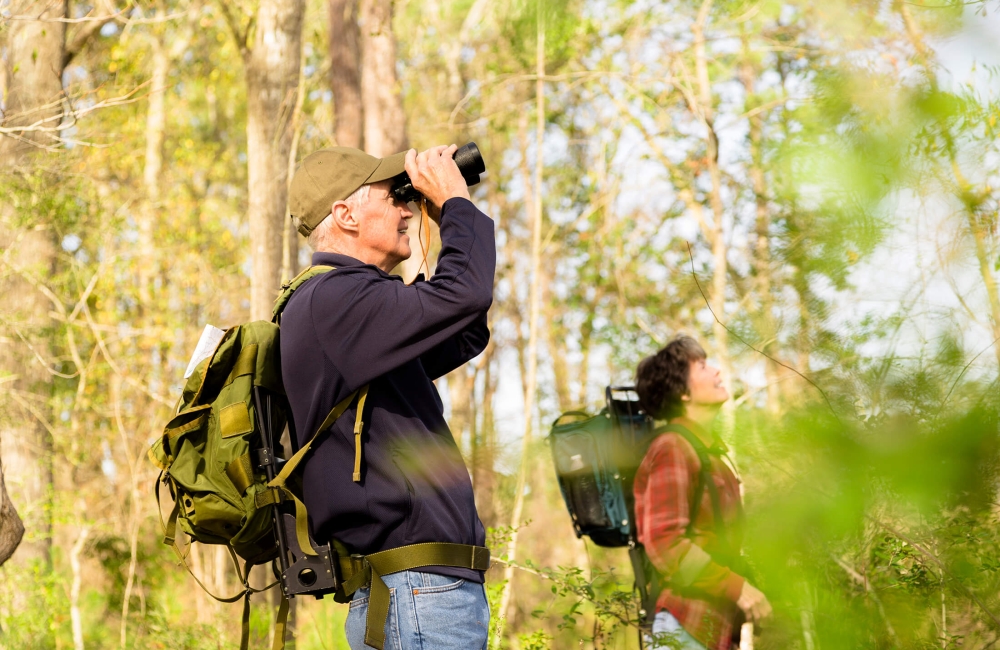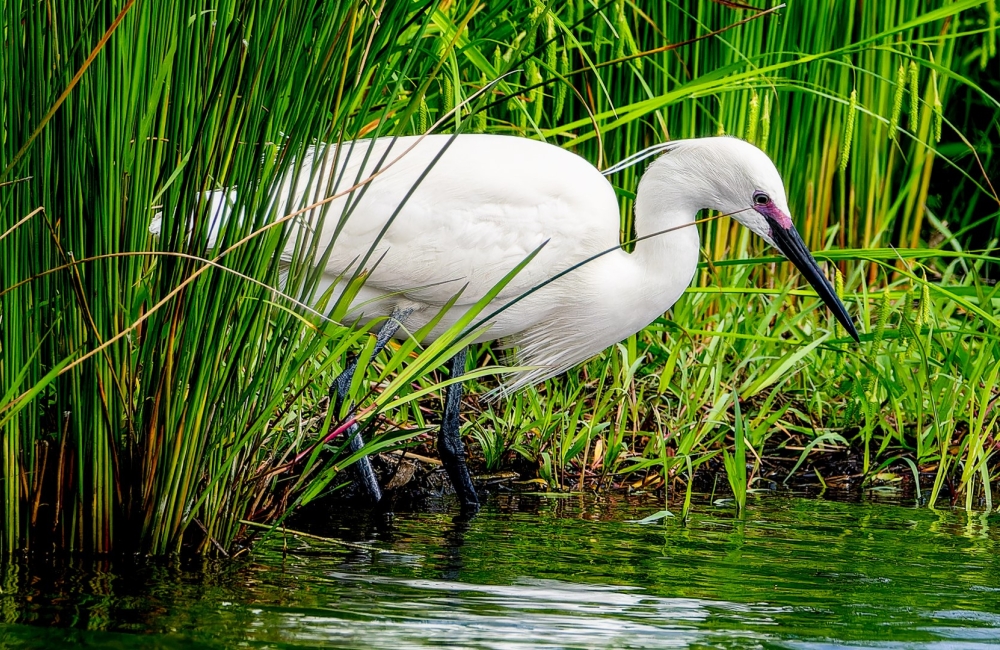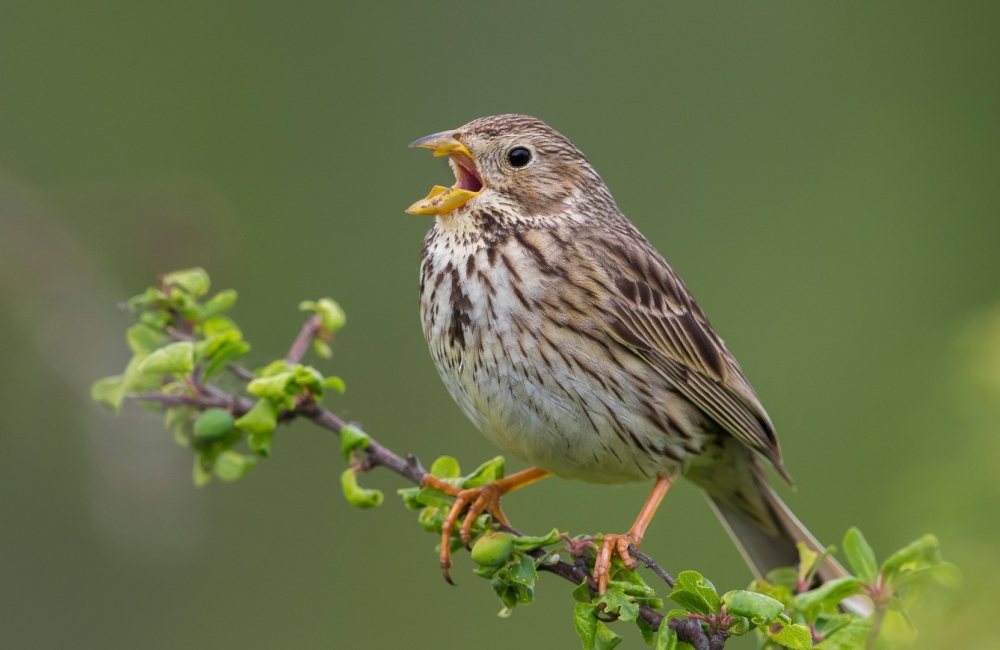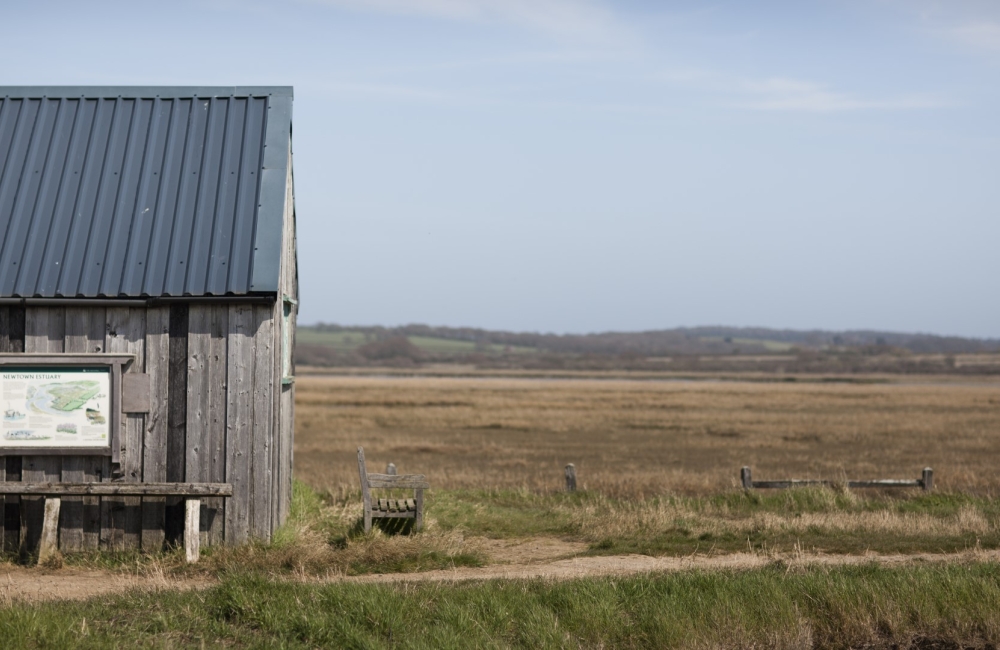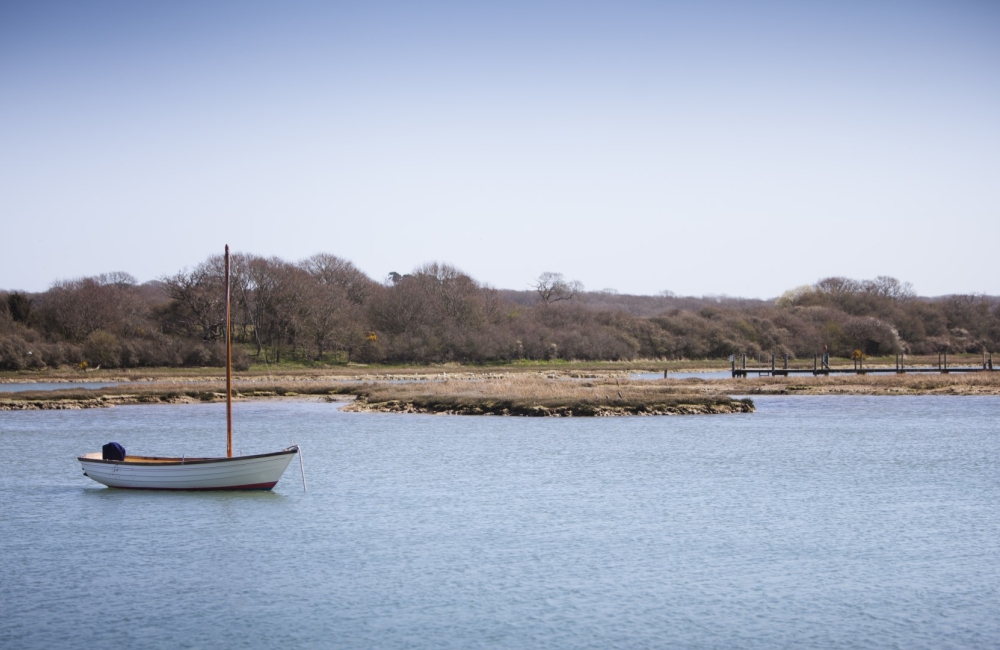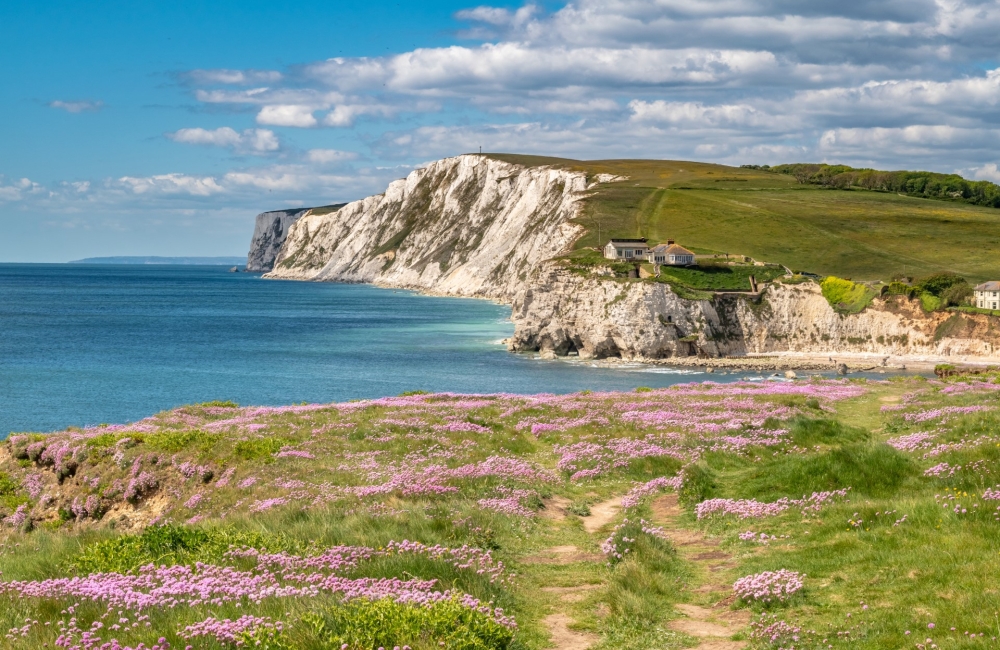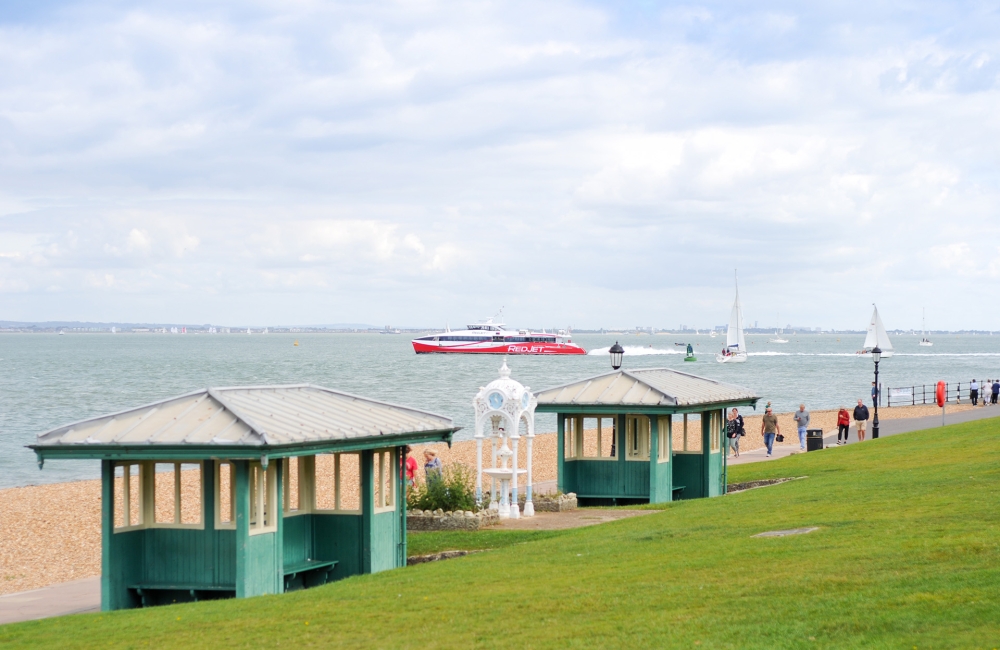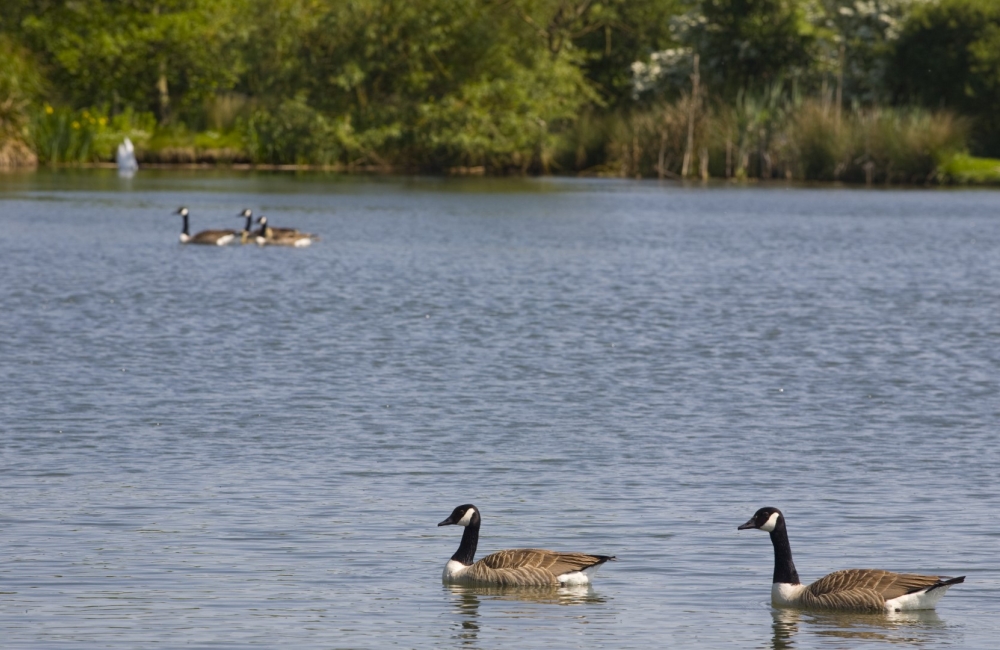get twitching
With a variety of habitats and plenty of wetlands, the Isle of Wight is a natural place for birds to flock, with over 200 species found on the Island, offering bird-watching opportunities all year round. Large rivers, creeks and marshlands make the island a particularly attractive refuge for wading birds, ducks, and other waterfowl, while raptors roam the downs and seabirds nest in the coastal clifftops. Your birdwatching adventure begins on the ferry to the Isle of Wight, as rare birds such as the black-tailed godwit make a migratory stopover on the tidal estuary of Southampton Water.
Isle of Wight bird watching is a popular activity, with designated reserves such as Brading Marshes and Newtown Harbour offering a peaceful and protected haven for several scarce species, along with hides for the perfect vantage point. The reserves also provide a perfect playground for photographers with an abundance of other wildlife to be found, such as the Island’s resident red squirrels.
The UK’s largest bird of prey, white-tailed eagles can also now be spotted on the Isle of Wight thanks to conservation efforts - six birds were reintroduced to the Island in 2019, with a further twelve released in 2021. The first resulting chick hatched in 2023, over 240 years since the last breeding pair were recorded on Culver cliff!
Whether you’re an avid twitcher or just keen to immerse yourself in nature, here’s your guide for going birding on the Isle of Wight.
TYPES OF BIRDS ON THE ISLE OF WIGHT
Which birds can I see on the Isle of Wight?
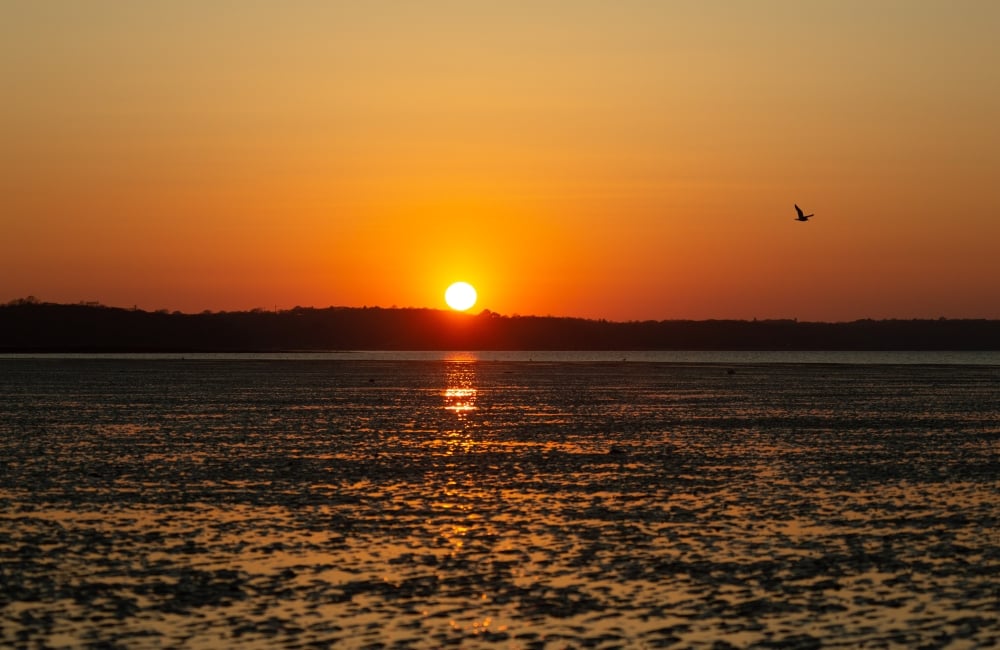
BIRD WATCHING TRIPS ON THE ISLE OF WIGHT
While on your Isle of Wight holidays, try taking to the sea for a different perspective. You can find several boat tours available on the Island, and these offer great views of the cliffs and nesting birds.
Head to the Needles over the summer season and choose from a 15-minute RIB ride or a 20-minute cruise around the towering chalk stacks, enabling you to get as close as possible to the iconic rocks, as well as getting a glimpse of Scratchell’s Bay – an unspoilt secluded beach only accessible by water.
Ventnor Bay Charters offer dog-friendly one hour loops down to St Catherine's Point on the south of the Island, with views of Niton undercliff, where you stand a good chance of spotting birds of prey. On selected weekends you can even upgrade your experience with a round-the-Island trip, departing and returning to Ventnor harbour.
For a bespoke experience, check out Isle of Wight Guided Tours to discuss a tailor-made trip with everything you'd like to see on the Island.
BIRDWATCHING SITES ON THE ISLE OF WIGHT
Where can I go bird watching near me?
BIRD WATCHING ETIQUETTE
do
- Wear layers and/or wellies in the case of unpredictable weather
- Avoid making loud noises or sudden movements
- Stick to designated paths and hides
- Consider the direction of the sunlight if taking photographs
- Head out at dawn to increase your chances
- Bring binoculars, and a camera if you wish
don't
- Disturb the birds, or any other wildlife
- Allow dogs to stray, keep them close by and on a lead
- Leave litter behind
- Feed the birds or leave any food out
- Use photographic flash or torches


